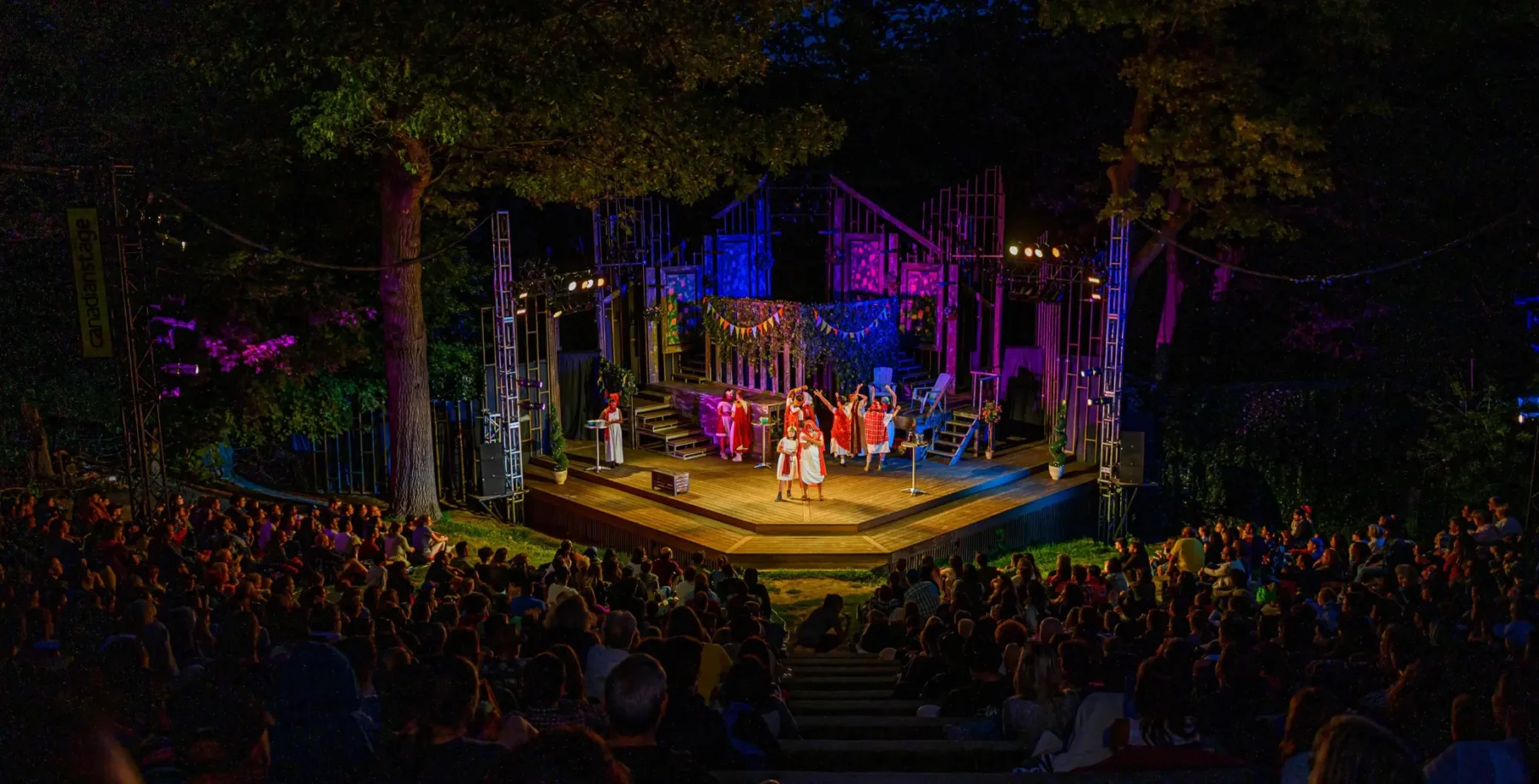
Weird as it seems, all this summer’s news about drought and an impending global water crisis has taken a psychological load off my shoulders – a dirty secret I’ve kept from neighbours and friends for almost 20 years.
It goes back to a NOW article I wrote on composting toilet manufacturer and champion Abby Rockefeller, who taught me that water could be put to higher uses than moving human sewage through pipes to be flung into the nearest river or lake. Rockefeller also had the grey water from sinks and bathtubs in her sights, hoping to use it to irrigate gardens.
Ever since, I’ve been sneaking down early in the morning or late at night to pour tap water used to rinse pots on my 12-by-12-foot front garden. “It’s a scientific experiment,” I’d explain to family and friends. My thriving garden is proof positive that a so-called problem is really a series of opportunities in disguise.
To get back to this season’s water crisis, it’s the rich opportunities, not the scarcity, we should focus on – opportunities the Ontario government, arguably blessed with control over more accessible water than any other government in the world, has no idea how to mine.
This government is open to mining in Temagami, the last old-growth forest in eastern North America, or mining the fragile lands near Hudson Bay and the Arctic Ocean, or to mining the aggregate and water of some of the best farmland on the edge of Ontario’s Greenbelt in the Dufferin county mega-quarry. But sadly, the provincial Liberals have no idea how to extract opportunities from abundant water in a world where water is scarce.
The gravel pit proponents hope to blast their way through limestone dolomite that now filters rainwater and protects groundwater aquifers used by nearby farmers and downstream cities. Rather than take a stand for wise water use as a fundamental principle of sound development, the government is referring the mega-quarry matter to an environmental assessment.
Economics suffers from what is called the “water-diamond paradox.” Diamonds are expensive but not very useful, while water is essential but cheap – until the earth gets so dry that someone will swap a $1,000 diamond earring for a cup of water to stay alive.
As people start to become literate about water, the simple catechism about conservation will have to be upgraded. I listen to lectures on how North Americans average more than 340 litres per person per day, far and away the highest rate in the world (5 litres is enough for survival). But I think conservation is just a drop in the bucket of the water rethinking that needs to happen.
Beyond conservation are the opportunities to wring a variety of benefits from the resource and return it to the water cycle in at least as good shape as it was in when we took it. That’s what my little experiment did.
To amplify my tiny effort, governments could use the savings from grey water reuse to develop aquaculture – small urban fisheries for tilapia and other species that tolerate still waters and supply lean protein for humans and nutrient-rich water for yet more garden plants.
To amplify beyond small-scale food production, the province could support green infrastructure like green roofs to conserve rainwater, or extend the program that already uses the deep, cold waters of the Great Lakes to provide A/C to many downtown Toronto office towers. Or use the lake for transportation from Scarborough to the downtown and in general take advantage of the fact that we live so close to such a major water body.
Water barrels catching runoff from the eavestroughs of every home are obvious conservation tools. In some central European areas, rainwater is stored on roofs to be used for laundry and dishes, supplying soft water that requires less soap.
Some green infrastructure comes as cheap as a law protecting and expanding the Greenbelt, rich in its own version of all-natural water filters and regulators, sometimes called swamps. Economists Sara Wilson and Michelle Molnar, reporting for the David Suzuki Foundation last May, estimate that Greenbelt marshes and forests save typical Ontario households over $380 a year in water treatment bills.
Green infrastructure is a high-paid multi-billion-dollar-a-year construction industry with a lot more upsides than the Ontario finance minister’s preferred industry du jour, gambling casinos. And it eliminates the need to gamble with water, one of the world’s most precious resources and this province’s greatest unsung competitive advantage.
news@nowtoronto.com












